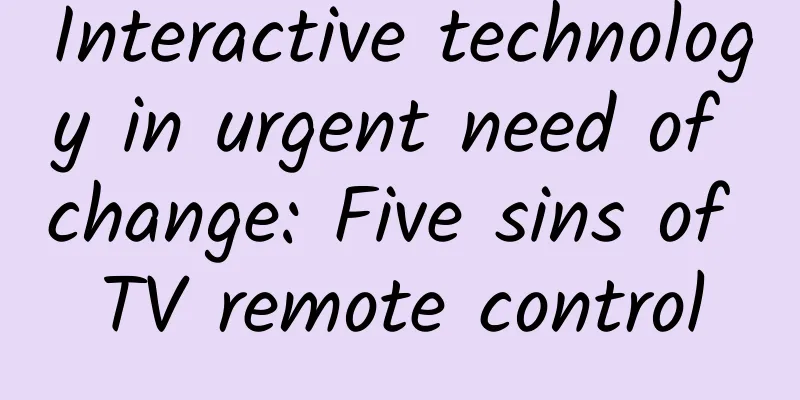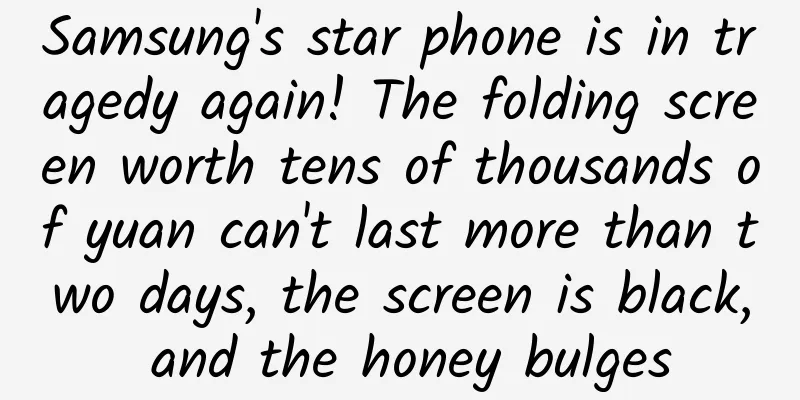The truth is out! How big is the gap between iOS and Android?

|
Today, Android, which was once criticized by people, is no longer as bad as it used to be. And today's Apple IOS is still as easy to use as ever. The difference between Apple IOS and Android systems has always been a topic of debate among players. Today, the gap between them is getting smaller and smaller. Is this really the case? In fact, if we pay attention to many details, we will still find that there are still huge differences between Apple IOS and Android systems. Especially today when new technologies and new features are widely used, new differences have emerged under different technical backgrounds, and the comparison of these details may bring some help to you when you change your phone. Control differences in the full-screen era As of 2019, if you still want to find a new phone with physical buttons, it may be difficult. Whether it is Apple or Android, full-screen has long been widely used, whether it is a notch screen or a variety of screens. The disappearance of physical buttons has given rise to new differences in operation between the two camps. Early Android phones all had back and home buttons. Although the back button is often accidentally pressed, many users who are used to the physical back button still find it difficult to adapt to full-screen or Apple phones. In the full-screen era, both Apple and Android phones have already been controlled by sliding the screen. The difference is that, taking the Huawei phone I am using as an example, to return, you can swipe left or right, and to return to the desktop, you swipe from bottom to top. Apple's return still retains the swipe from left to right that has been used for many years, and to return to the desktop, you swipe from bottom to top. Only some apps can swipe from right to left, which makes the operation a little cumbersome. The return mechanism of Android full-screen phones also has problems. If you slide not at the edge of the phone screen, it is possible that you can only slide left or right within the app and cannot return correctly. So now I am beginning to understand why many Android phones have curved screens, because this allows you to better touch the edge of the screen and increase the success rate of returning. In general, because many Android phones are developed by Chinese people, they are more suitable for Chinese people's usage habits and thinking logic. In fact, Apple's human-computer interaction logic has never been in line with the Chinese people's thinking habits. There is a world of difference in ecology This problem may not have much impact on foreign Android users, but it is an eternal pain for domestic users. People often say that Apple's IOS ecosystem is very strong, but in fact, it is better to say that the domestic Android ecosystem is really too bad. Because domestic users cannot access Google Play, each mobile phone manufacturer is completely independent, so the user experience is also very different. Domestic Android phone users have extremely complex ways of obtaining apps. Users not only obtain apps from the official app stores of mobile phone brands, but also install various apps from unknown sources through various channels. This leads to a lack of unified and high-standard supervision, resulting in privacy leaks, constant harassment, and even losses due to malicious charges. It is not just the chaos at the APP level. Although the operating systems of various mobile phone brands are based on the underlying architecture of Android, they are all the result of highly customized "deep processing". Although this can be more distinctive, it also brings some disadvantages. Can you stand the system's built-in ads, and they are pervasive, which is simply crazy... What makes many players complain is that many brands' systems often have some "negative optimization" situations. The current situation is that Android phone manufacturers are hyping up configurations and attracting users through high cost performance, but the actual experience is not good, and the system has become a big minus. To put it bluntly, many brands lack dedicated research and are more like speculative goods. Again, rather than saying how good Apple's IOS is, it's better to say that domestic Android is just too bad. The difference between customization and fragmentation The reason why Apple's iOS ecosystem is so powerful is that its software is more like a customization based on the iPhone, with a high degree of harmony between the software and hardware, thus bringing a better practical experience. One detail is that Apple's press conferences never mention how much memory the phone has, even 2GB of memory can ensure smooth operation. There is an interesting phenomenon in the Android camp. In the 4GB era, boot memory accounted for half of the total memory. In the 6GB era, boot memory still accounts for half of the total memory. Now that 8GB and even 12GB are about to become the mainstream, boot memory still accounts for half of the total memory. Android phones come in different styles, hardware and software development are relatively separated, and apps are always seeking to be large and complete, which leads to various drawbacks. Apple's mobile phone models are relatively simple, and the basic architecture is exactly the same, so developers can develop more targeted products. In addition, Apple's official strict review mechanism based on the APP Store ensures better compatibility and experience. In the Android camp, the software and hardware are different in form and standard, and APP development lacks strict and unified review. Of course, Apple's similar "customization" trend actually brings certain disadvantages, that is, the closed nature that many players dislike, and its openness is far less than that of the Android system. This thing is actually a double-edged sword. Closedness has its advantages, and openness has its disadvantages. The key is to see which one you prefer. Although Android is becoming more and more user-friendly nowadays, it is still running on two different tracks from Apple's IOS. There may be some overlap between them, but there are still big differences. |
<<: Microsoft is considering porting UWP apps to Java: Android can also use it
>>: 8 years after Steve Jobs' death, is Tim Cook a qualified Apple CEO?
Recommend
How can financial management apps scientifically formulate activation strategies?
In the era of mobile Internet, daily active users...
The underlying logic of Douyin’s product selection
There is a popular saying in the Douyin e-commerc...
Animal children also have to do homework, and there are even parents who are too picky about their children
When you don’t want to go to school or work, have...
Is it because of lack of vitamin D that you are not getting enough sleep even if you sleep 12 hours a day? You will know after reading this!
Recently, a netizen posted that he "always d...
What is the story behind the "cassava vermicelli" mentioned on March 15? How should we choose and eat vermicelli?
At this year's 315 Gala, CCTV exposed an inci...
Samsung releases new smart TV upgrade kit to support 4K video
Samsung recently released its 2014 new smart TV u...
Case analysis: A simple and executable planning plan!
Many people who work in operations have experienc...
Acne-prone skin! Are acne patches just a waste of money or a magical tool? ?
Eating hotpot, drinking milk tea, staying up late...
[Smart Farmers] Beware of the “grass bully”! Why do invasive weeds have the power to dominate?
The impact of biological invasions on global ecos...
Zhihu traffic mining methodology: How to mine most effectively?
Doing well on Zhihu is equivalent to doing well o...
Guangdiantong optimization tips and precautions
Guangdiantong is a DSP advertisement based on Ten...
Fifty-three years of dream fulfilled: Mr. Qian Xuesen and the earliest Chinese space station concept
Produced by: Science Popularization China Produce...
Musk: I don't expect others to recognize me
People like to classify Elon Musk and Apple found...
The sleep bug used by Sun Wukong, you have actually seen it! 丨Bolan Daily
Hard drive full again? This "super CD" ...
How can we make the marketing information of a product spread widely?
As an Internet product person, you will more or l...









